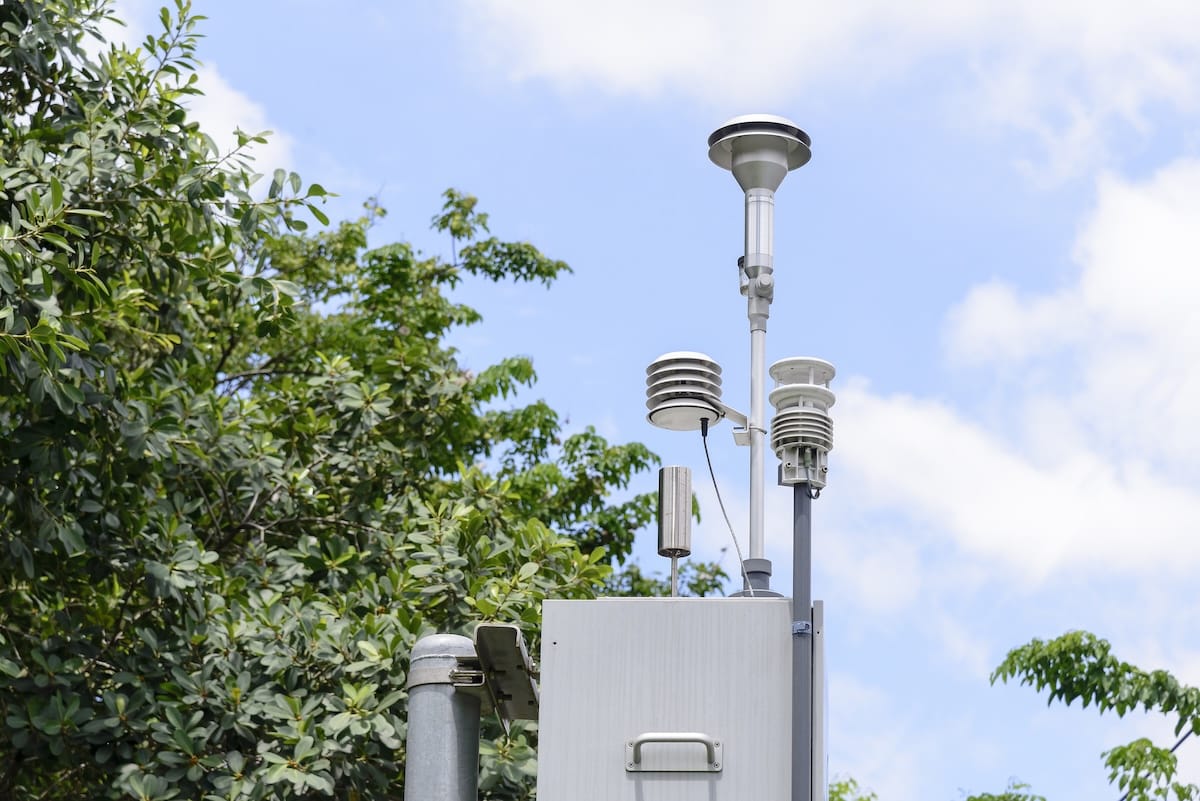Air Quality
ESIG Updates Its Solvents VOC Emission Inventories:
Continued Progress in Emission Reduction
ESIG 2023 VOC Emissions Inventory: Significant Reduction Achieved
The European Solvents Industry Group (ESIG) has published its 2023 VOC (volatile organic compounds) emissions inventory, revealing a 4% decrease compared to the previous year, the lowest level recorded since tracking began in 2015. This reduction highlights the industry’s commitment to emission reductions and sustainable practices.
Sectoral Breakdown and Key Achievements
Developed with the Dutch research institute TNO, the inventory shows that industrial processing remains a low-emission source due to closed systems. The coating industry achieved the most significant reduction.
Future Enhancements and Data Collection
To improve transparency, ESIG and TNO are working on refining future reports, focusing on cross-border data. Preparations for the 2024 inventory are underway, with data collection starting in March. The inventory is a trusted reference, cited in the EMEP/EEA Guidebook and valued by policymakers.
Improving Methodology and Funding
ESIG and TNO discussed enhancing the VOC emissions inventory, focusing on data consistency and transparency. They aim to better account for imports and exports outside the EU. The next report will include explanations for data fluctuations. Funding options are being explored to support these improvements cost-effectively.
Regulatory Update:
Air Quality and Ecolabel Developments in Focus
The new Ambient Air Quality Directive (EU) 2024/2881, part of the EU’s “zero pollution” ambition, will take effect by December 12, 2026. It introduces stricter thresholds for key pollutants such as particulate matter, sulphur dioxide, nitrogen dioxide, and ozone, and includes provisions for financial compensation related to pollution-induced health impacts. Enhanced monitoring of ozone and VOC levels will be crucial, especially in the context of potential legal claims. A recent report by the European Environment Agency underscores the ongoing health burden caused by air pollution.
In parallel, the EU is revising the Ecolabel criteria for Paints and Varnishes. The newly published Draft Technical Report V3.0 (2025) addresses industry concerns, particularly around the classification of VOCs and SVOCs. Stakeholders emphasized that health risks are linked to specific substances rather than the VOC label itself and called for clearer definitions based on physical properties. The proposed inclusion of spray products under the Ecolabel has also raised concerns about potential disadvantages for low-VOC formulations.

